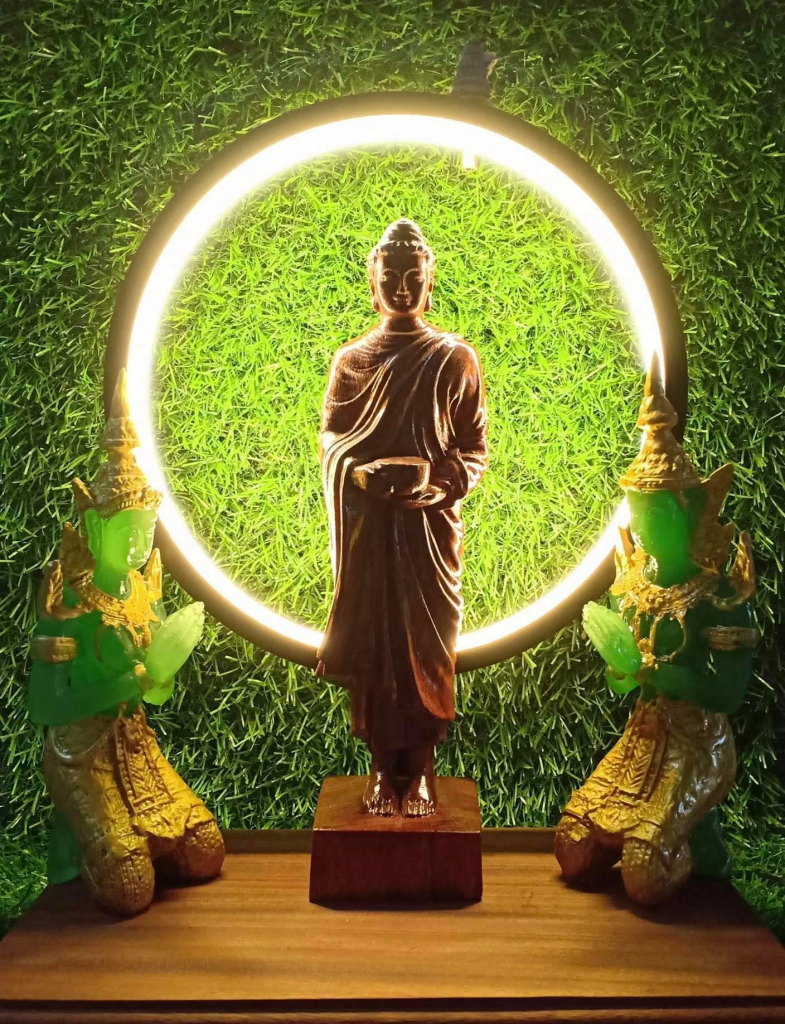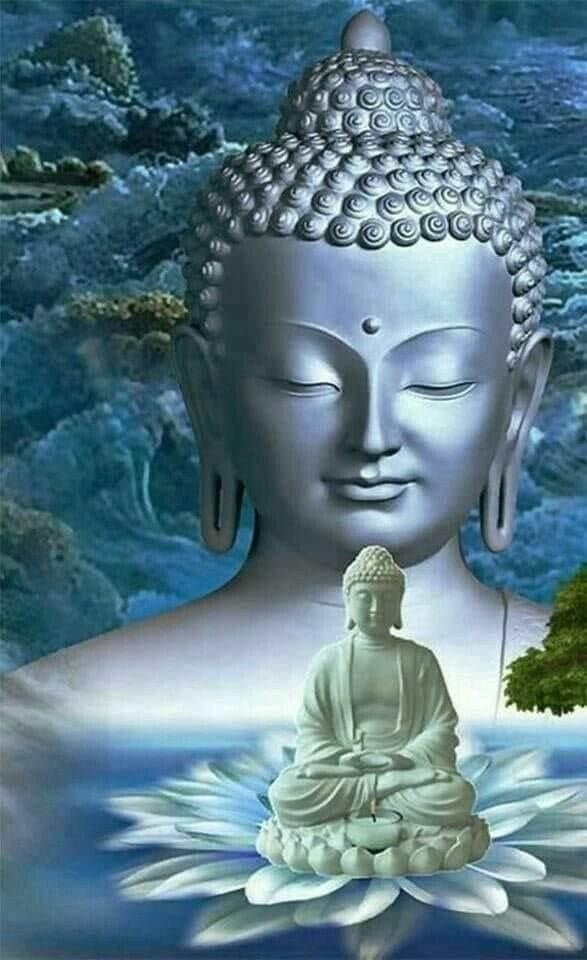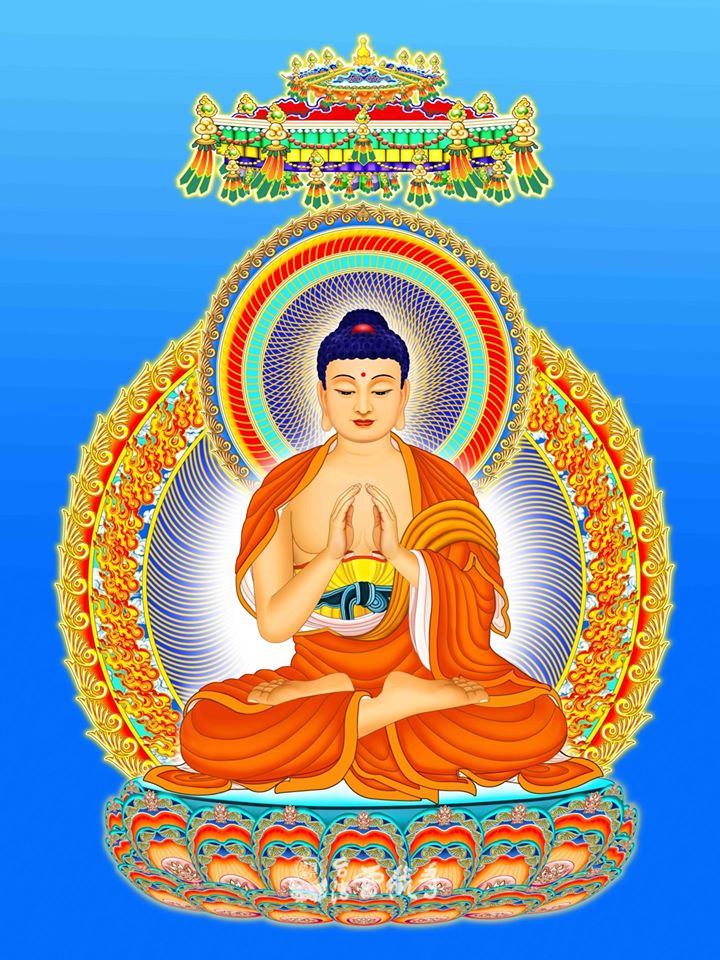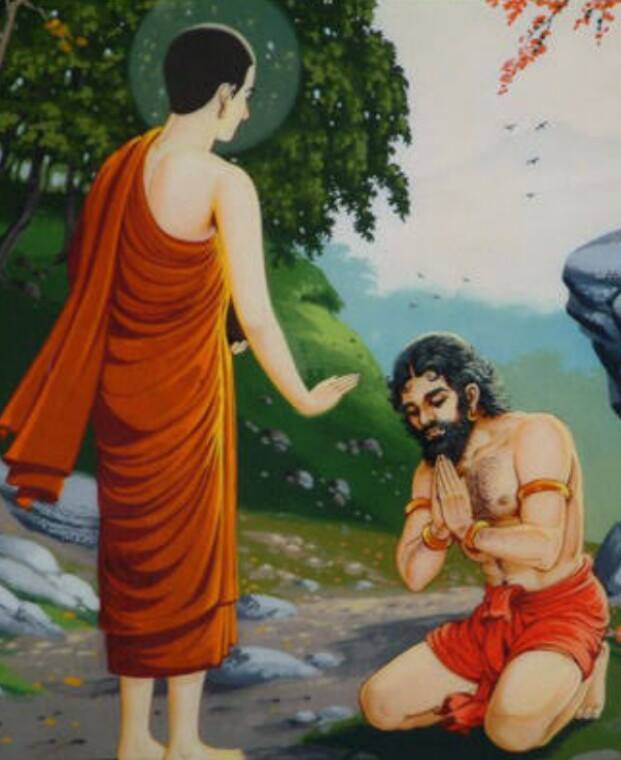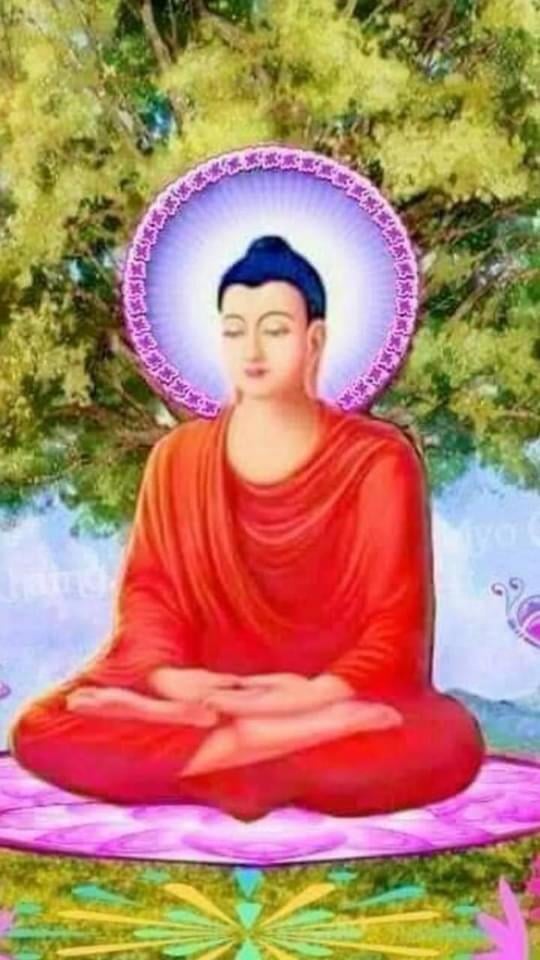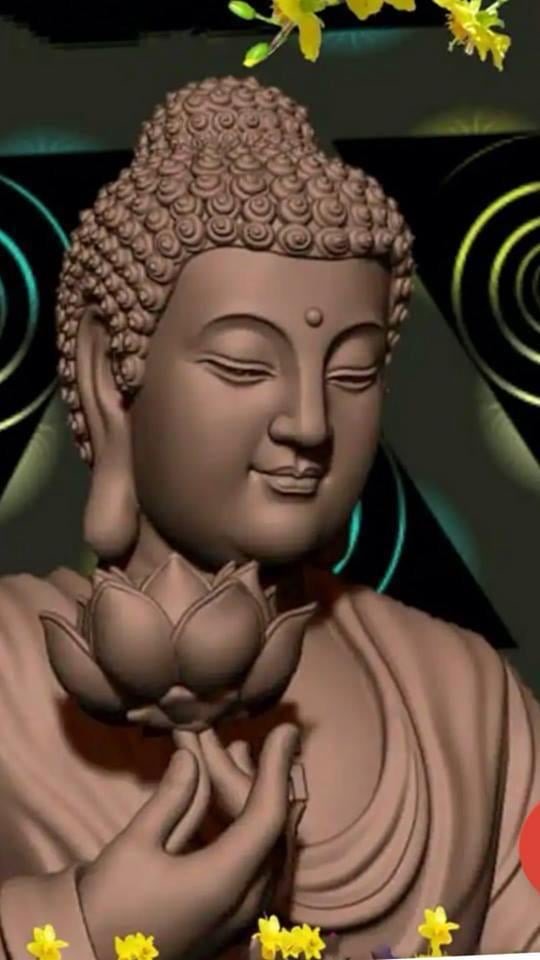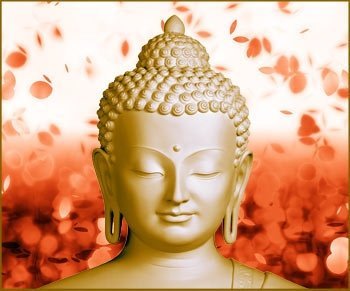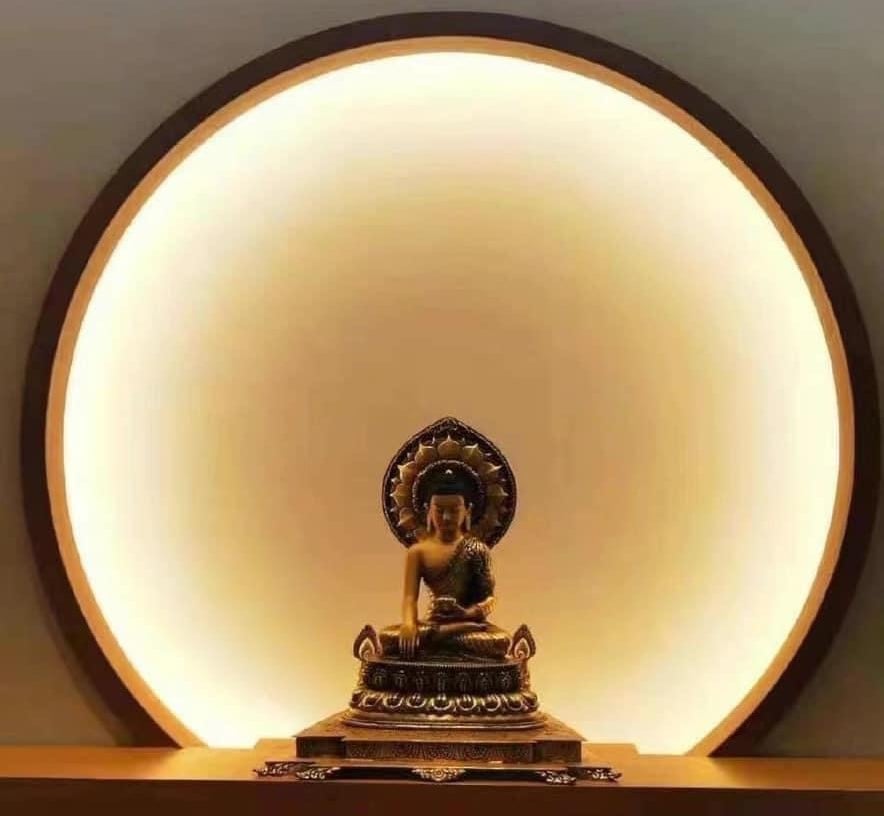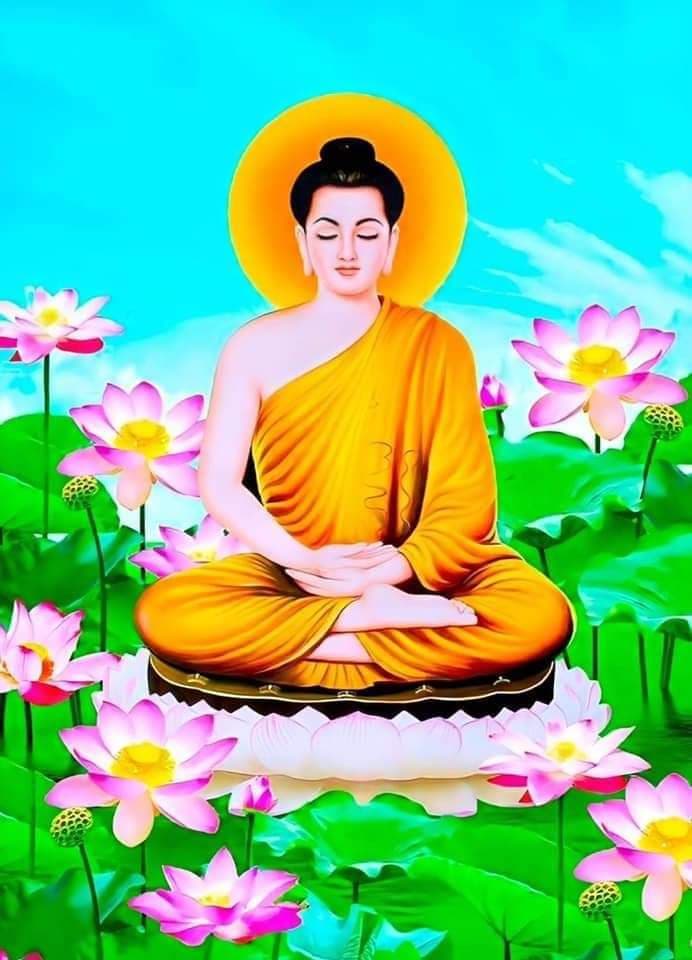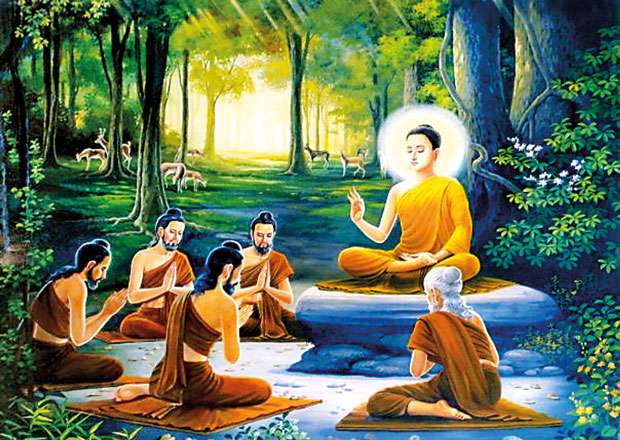Dharmacharya Andrew. J. Williams
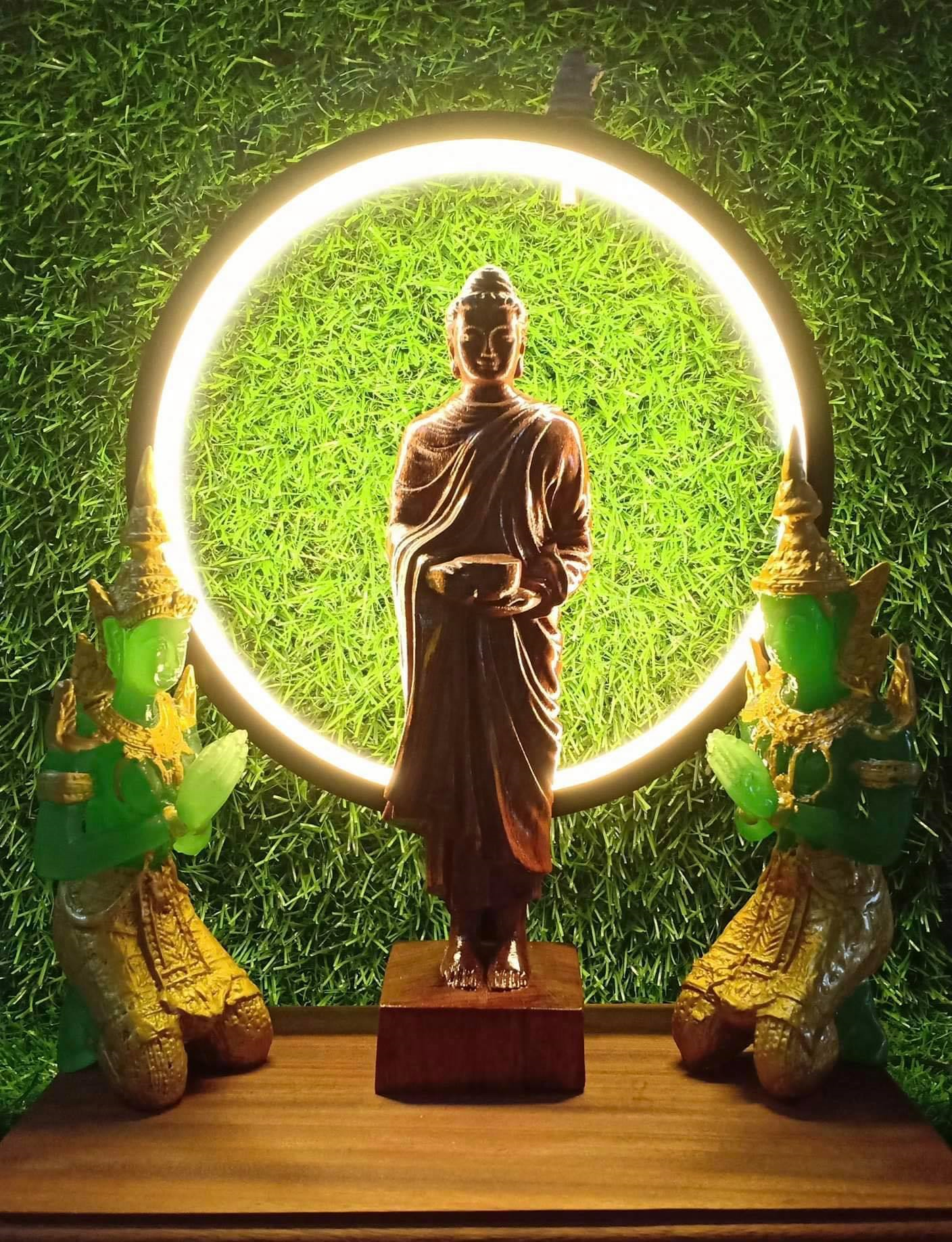
BUDDHISM IN BRIEF
It is said that soon after his enlightenment, the Buddha passed a man on the road who was struck by the Buddha’s extraordinary radiance and peaceful presence. The man stopped and asked, “My friend, what are you? Are you a celestial being or a god?” “No”, said the Buddha. “Well, then, are you some kind of magician or wizard? Again, the Buddha answered,
“No”.
“Are you a man?”
“No”.
“Well, my friend, then what are you?”
The Buddha replied, “I am awake”.
The word Buddha means “one who is awake”. It is the experience of awakening to the truth of life that is offered in the Buddhist tradition. For over 2,500 years, the practices and teachings of Buddhism have offered a systematic way to see clearly and live wisely. They have offered a way to discover liberation within our own bodies and minds, in the midst of this very world.
History records that the Buddha was born as a prince in an ancient kingdom of northern India (original name Siddharta Gautama born 624 BC Kapilavastu, Sakya Republic Kosala Kingdom). Although as a youth, he was protected by his father in beautiful palaces, as he grew older, the Buddha encountered what we must all face: the inevitable sorrows of life. He saw the loss of all things we hold dear, and the aging, sickness and death that come to every human being. Seeing this, he chose to renounce his royal title and leave his palace to become a seeker of truth, searching for the end of human sorrow, searching for freedom in the face of the ceaseless round of birth and death.
For some years the Buddha practiced as an austere yogi in the forests of India. In time he realized that his extreme asceticism had brought him no more freedom than his previous indulgence in worldly pleasure. Instead, he saw that human freedom must come from practising a life of inner and outer balance, and he called this discovery the Middle Path.
Having seen this, the Buddha seated himself under a great banyan tree and vowed to find liberation in the face of the forces that bring suffering to humankind. He felt himself assailed by these forces – by fear, attachment, greed, hatred, delusion, temptation and doubt. The Buddha sat in the midst of these forces with his heart open and his mind clear until he could see to the depths of human consciousness, until he discovered a place of peace at the center of them all. This was his enlightenment, the discovery of nirvana, the freeing of his heart from entanglement in all the conditions of the world. The realisation of truth that he touched that night was so profound that his teachings about it have continued to inspire and enlighten people all over the world to this day. Over the centuries, one and a half billion people, one quarter of the human race, have followed the Buddha’s way.
Please download and keep reading more of the following PDF.
By Dharmacharya Andrew. J. Williams
.


